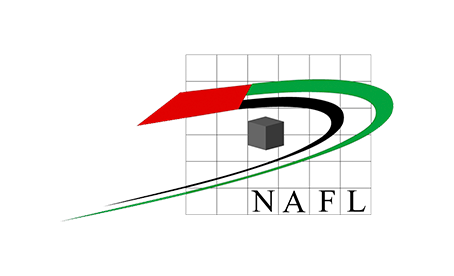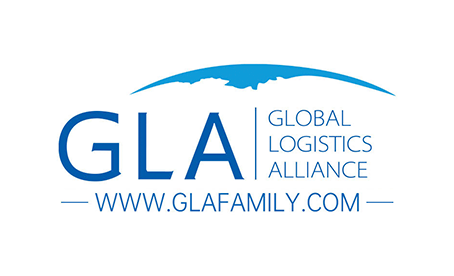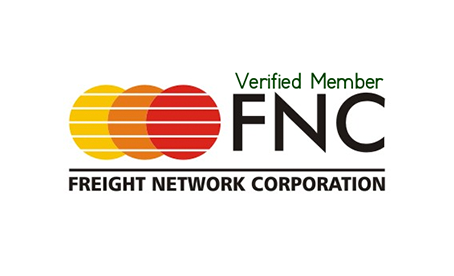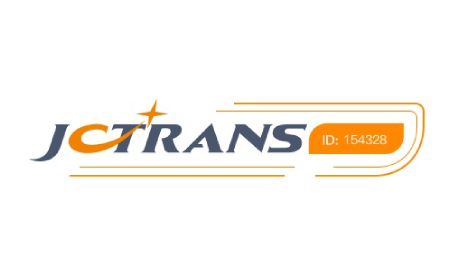What is an MSDS Certificate? And why do you ask when shipping hazardous materials?
The MSDS certificate is an acronym for the Material safety data sheet, and this bulletin is dedicated to the safety of hazardous chemicals as it contains all the important data related to each substance.
There are many names for the MSDS certificate, including Safety Sheet for Chemicals, and another name is, Safety Data Sheet for Chemicals.
Importance of MSDS Certification
The safety certificate known internationally as the Material safety data sheet, consisting of 16 items, shows its importance in that each of these items specifies how to deal with hazardous materials and chemicals, as well as determines the extent of the danger of those materials, and aims to avoid infection with these risks.
In many countries, providing a chemical safety certificate MSDS for each of the products a company sells is a legal requirement or common practice. With chemicals safely, certification usually provides a combination of information on the physical and chemical properties of the substances in question, as well as relevant information on toxicity.
MSDS Certification Terms
Those items consist of 16 items, each item showing different information about the material, and those items are as follows:
Identification:
This item is divided into two parts, the first is a simple definitional section for the chemical, as it includes the name of the substance and the chemical family to which that substance belongs, as well as the chemical formula and its molecular formula.
The second section, defines the manufacturer’s data, including the name, address, and phone number of the company and its distributors, as well as the persons responsible for the company who are contacted in emergency cases.
Composition of ingredients
It shows the components of the substance and their common names, their concentration in percentage as well as the registration number of the chemical known as the CAS number.
Hazard Identification
This item contains the IMDG class, the labels that must be placed on the substance or product, as well as the safety warnings, prevention warnings, and health risks in terms of its effect on the skin, breathing, and swallowing of humans when exposed to a concentration higher than the safe concentration of that substance.
First-aid measures
This item contains first aid in case that this dangerous substance encounters the eyes or skin, or if it is swallowed or inhaled. It also contains some medical information for doctors.
Fire-fighting measures
This item contains how this material may ignite, the extinguishing materials that must be used to put out those fires, as well as the names of all the chemicals that result from the fire, and how we can dispose of the waste resulting from the fire.
Accidental release measures
This item contains the mechanism of action and the precautions to be taken if a spill or leakage of the material occurs, with a definition of how it is handled and the methods for cleaning it.
Handling and storage
This item contains all the information regarding the method of handling the material during its handling process, and how to store it in the correct and safe storage away from the materials with which it interacts.
Exposure controls - Personal protection
This item includes the permissible limits for exposure to the substance, which should not exceed those limits, otherwise, there may be serious consequences for the people using the substance, and the clause also contains an explanation of the personal protective equipment that must be worn when dealing with this substance.
Physical and chemical properties
This item includes information on the physical and chemical properties of the material, which are represented in the material's color, state, odor, solubility in water….and others.
Stability and reactivity
This item clarifies that information on the chemical stability of the substance and its dissolution products, as well as the substances that interact with that substance and which we must avoid.
Toxicological information
This item includes the part of the information that shows the degree of toxicity of the substance and the results that result from the tests conducted for that substance to determine that.
Ecological information
This item contains environmental and marine toxicological information and the ability of the substance to move in the soil, persistent or decompose
Disposal Considerations
This section includes all information regarding the safe and correct methods used to dispose of the residues of that material and the empty containers related to it.
Transportation information
This item contains information related to both the transport and the degree of danger according to the International Maritime Classification of Hazardous Substances IMDG class, the United Nations Un number, the packing group, and the chemicals that must be kept away from that substance.
Regulatory information
This item includes information that shows the classification of the degree of danger of the substance, according to the specifications and requirements of international organizations such as the US Environmental Protection Administration.
Other information
This item includes any other additional information related to the article other than the previous information in the foregoing items.


 Track Your Shipment
Track Your Shipment
 Online Enquiry
Online Enquiry
 Sign In
Sign In
 English
English
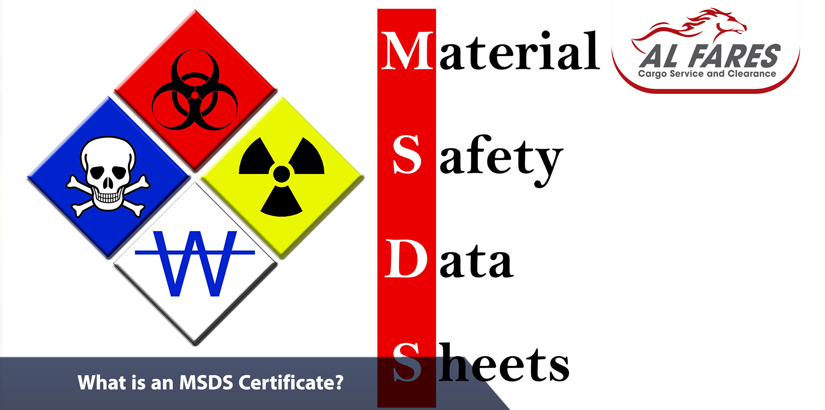
 Alfares Cargo
Alfares Cargo
 Logistic Informations
Logistic Informations
 2023-06-10
2023-06-10




